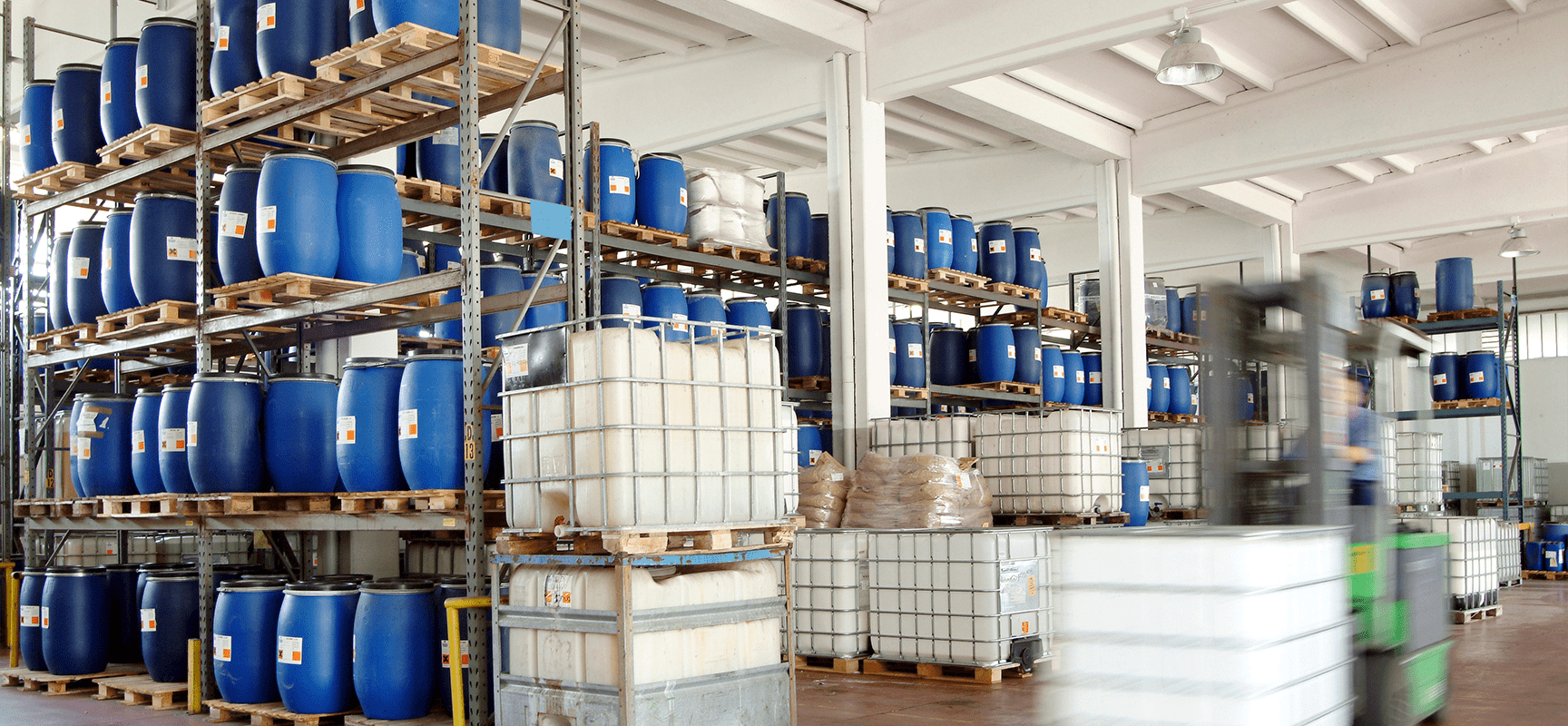
Understanding the Updated Hazard Communication Standard
The Occupational Safety and Health Administration (OSHA) has introduced an updated final rule for its Hazard Communication Standard (HCS), effective from July 19, 2024. This revision, a result of identifying issues during the 2012 updates, now aligns more effectively with other U.S. agencies and international partners. The updated standard, in line with the United Nations’ Globally Harmonized System of Classification and Labelling of Chemicals, promises to enhance overall safety and effectiveness.
Key modifications include revised criteria for classifying health and physical hazards, ensuring a clearer understanding of hazard communication to users downstream. The new provisions also target label requirements—especially for small containers—ensuring that essential information is complete and readable. Safety Data Sheets (SDS) will undergo significant changes, allowing workers and first responders to access vital hazard information without hindering trade secret claims.
The updated standard introduces more explicit classifications for hazards, especially concerning handling explosives and chemicals under pressure. This update, along with the updated precautionary statements, provides clear guidelines on the safe handling, storage, and disposal of hazardous materials, ensuring a safer work environment.
The final rule’s compliance dates are:
- January 19, 2026, for chemical manufacturers, importers, distributors, and employers who evaluate substances to update labels and SDSs
- July 19, 2027, for chemical manufacturers, importers, distributors, and employers who evaluate mixtures to update labels and SDSs
In addition, all employers must, as necessary, update any alternative workplace labeling, update the hazard communication program, and provide any additional employee training for newly identified physical hazards, health hazards, or other hazards no later than July 20, 2026, for substances and no later than January 19, 2028, for mixtures.
Employers should check the final rule to see how the changes affect them. In particular, chemical manufacturers, importers, distributors, and all employers who assess substances and mixtures should note their specific compliance dates for required actions.
Featured News & Insights

Artificial intelligence is no longer a futuristic concept. For manufacturers, it is a practical tool already delivering measurable results in efficiency, quality, and risk management. That was the...

Manufacturers who import raw materials remain concerned about tariffs and their potential impact on costs and supply chain stability. While there’s no one-size-fits-all solution to reduce risk, there...

Business risk broadly refers to the potential for losses or operational disruptions stemming from internal or external factors. These factors may include market changes, regulatory compliance issues,...